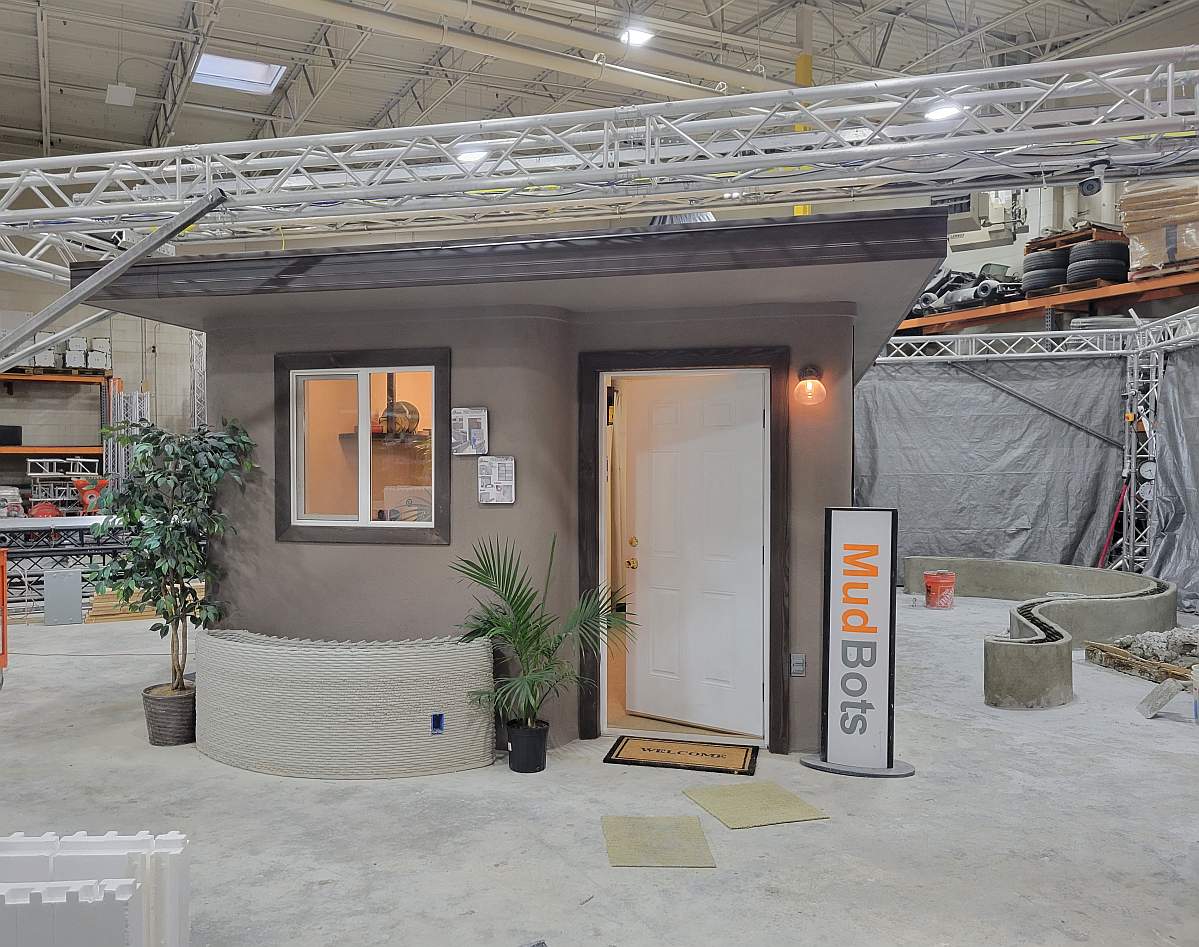

By Elainna Ciaramella
In the 2022 Annual Data Report on Homelessness, Tricia Davis, assistant director of the Utah Office of Homeless Services stressed how Utahns are experiencing housing instability at higher rates, which often leads to homelessness. Davis also shed light on the challenges brought on by Covid-19 and the rapidly rising cost of living, and how they led to significant shifts in homeless services.
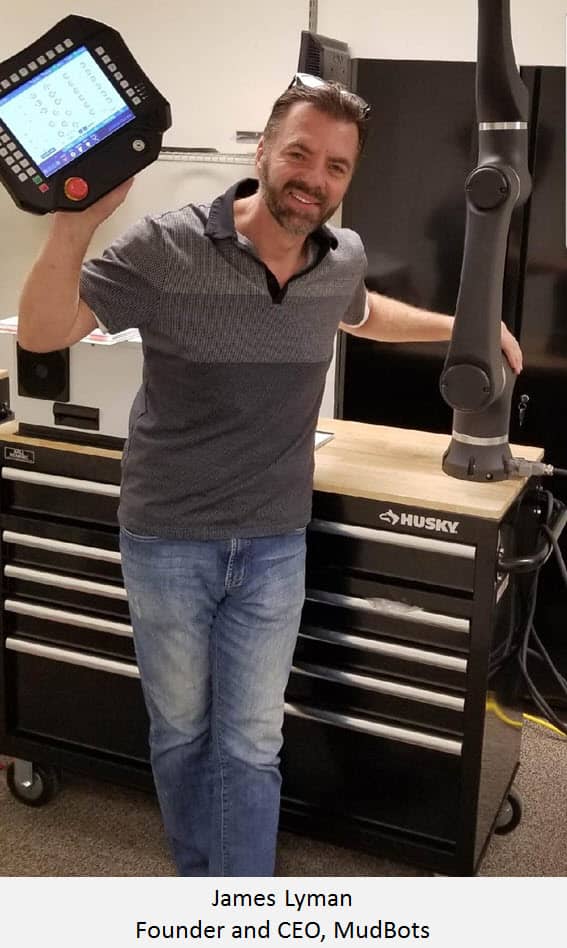 James Lyman is the founder and CEO of MudBots, a technology automation company in Midvale, Utah that has developed large-scale 3D printers that can “print” homes out of cement in one-third of the time and at a fraction of the cost of traditional homes. The concrete homes are energy-efficient, fire-resistant, and eliminate labor, which is one of MudBots’ biggest selling points given the severe employee shortage that developers and contractors are experiencing during this housing boom.
James Lyman is the founder and CEO of MudBots, a technology automation company in Midvale, Utah that has developed large-scale 3D printers that can “print” homes out of cement in one-third of the time and at a fraction of the cost of traditional homes. The concrete homes are energy-efficient, fire-resistant, and eliminate labor, which is one of MudBots’ biggest selling points given the severe employee shortage that developers and contractors are experiencing during this housing boom.
“They can build more homes right now, but they can’t find employees anymore,” said Lyman. In the face of employee shortages, MudBots’ concrete printer eliminates seven trades, and a small home can be printed in a short couple of weeks. This is a disruptive building technology that replaces drywall, stucco, and framing, and it can even print basements and multi-story units.
“MudBots can print any size home, but what the market needs right now in every city is an affordable home that our kids can move into,” Lyman said. “We have Gen X, the millennials...they’re still living with Mom and Dad or they’re renting. If they’re renting, they’re losing half their money and they’re paying taxes on every bit of it.”
“We need smaller homes—Millennials and Gen Z don’t want half-million-dollar mansions, they think differently. They don’t want a big giant home, they want something small enough to live in. They spend their time doing things with their money—they go to the desert, they go up in the mountains, and they ride bikes.”
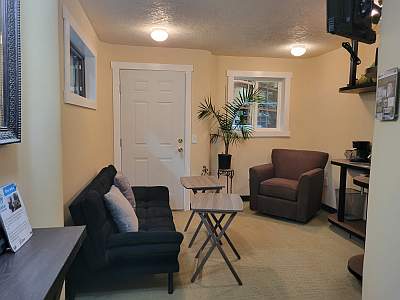 Lyman said his generation and his parent’s generation was all about getting a home, then a nicer home, and another nicer home, a bigger car, then a faster car. “We wasted all of our money in ways we never should have primarily because we came from absolutely nothing, so it gave us a sense of value and purpose, but it was mis-guided. We should try to be minimalists as much as possible and enjoy our lives and not be beholden to debt and stuff.”
Lyman said his generation and his parent’s generation was all about getting a home, then a nicer home, and another nicer home, a bigger car, then a faster car. “We wasted all of our money in ways we never should have primarily because we came from absolutely nothing, so it gave us a sense of value and purpose, but it was mis-guided. We should try to be minimalists as much as possible and enjoy our lives and not be beholden to debt and stuff.”
Lyman said that in every city, you’ve got 20 guys who can build 1,200-2,500-square foot homes, but nobody is building the smaller homes that someone can put $3,000 down and have a $300 dollar a month payment and now say they own a home.
In 2021, 7,712 Utahans experienced homelessness for the first time, that’s nearly 1,000 more people than in 2020, according to the 2022 report. I caught up with Ed Blake, CEO of Salt Lake Valley Habitat for Humanity and asked him about the major barriers to affordable housing for people who are experiencing homelessness or are otherwise economically disadvantaged, and he said the obvious answer is cost, however, it is more complex than that.
“The long game is to make a profit on the rents, which have been steadily escalating and then exit the investment with profits from higher home costs. This removes a great deal of the inventory that individual home buyers would have an opportunity to purchase. With high demand for any homes that a first-time home buyer can complete, their creditworthiness has a much higher bar. This keeps buyers locked in rent,” said Blake.
Blake explained how the demand for available lease properties is very high. Landlords have multiple applications they can vet for the highest credit rating, and renters with an old eviction are seldom considered. “Without any other housing support from friends or family many are cast into the streets.”
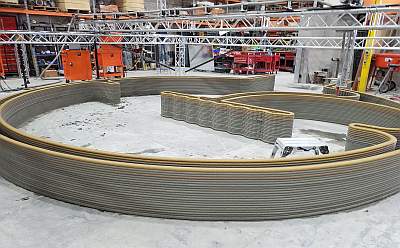 Blake says there is not enough money in the government to subsidize the problem. The free market must evolve and change from standard practices in building to more economical methods that promise lower cost housing. Once the market finds solutions and the builder can still make a profit without government intervention, the market will arrive at its own solution, which
Blake says there is not enough money in the government to subsidize the problem. The free market must evolve and change from standard practices in building to more economical methods that promise lower cost housing. Once the market finds solutions and the builder can still make a profit without government intervention, the market will arrive at its own solution, which
requires risk, he explained.
“If this is going to happen, both government entities and the private sector must be willing to accept risks with new building methods, learn from them and improve. The current players are very risk averse. ‘If you do what you always did, you’ll get what you always got.’ Change will require building differently when it involves cost containment for affordable housing. Several different types of housing solutions are currently coming forward—we need to allow some risk.”
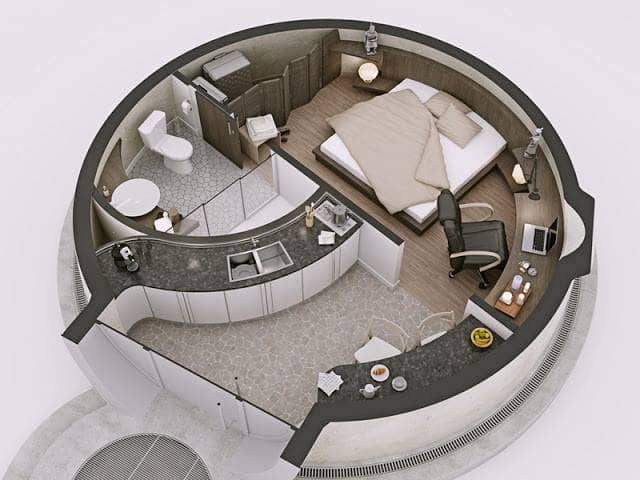 The United States is not at the forefront of 3D printing homes, countries like China, Dubai and Germany are ahead of the rest of the world. This eliminates the doubt that it will ever happen and changes the question to when it will happen, said Blake.
The United States is not at the forefront of 3D printing homes, countries like China, Dubai and Germany are ahead of the rest of the world. This eliminates the doubt that it will ever happen and changes the question to when it will happen, said Blake.
“MudBots offers a viable solution for low-cost housing, which will benefit all of the lower price sectors including homelessness. One area that is promising is small shelters at a very low cost like Accessory Dwelling Units (ADUs), which would be prudent for the government to assist people who are homeless and actually save money. If this person is provided with ownership, they can begin to build wealth. If they build wealth, they can eliminate intergenerational poverty.”
Blake said he can see a future for 3D printing houses. He sees MudBots at the forefront of this technology. “Often our best option for acquiring affordable land is purchasing irregular lot configurations. We can accommodate almost any shape with 3D printing. The house can be round if it needs to be.”
The Other Side Village is Coming
Joseph Grenny is the chairman of the board of The Other Side Village, a self-reliant, master-planned neighborhood that will provide quality, affordable permanent housing for men and women who are coming out of chronic homelessness. For the chronically homeless who are dealing with a complex set of barriers to regaining a healthy life, Grenny believes what’s essential is creating permanent communities that help people lift themselves out of those circumstances.
The Other Side Village has a very strong initial design and they have a site identified. Grenny said they are working on the lease terms with the City of Salt Lake and they have strong support from Mayor Erin Mendenhall in Salt Lake City. “Our plan is to build 430 homes in the next five years and create a vibrant sustainable community that helps people change their lives.”
When I asked Grenny if The Other Side Village is considering using MudBots 3D printers to build any of the tiny homes at the Village, he said they’re strongly considering it at this point. As for the reasons, he said, “The speed of construction is attractive. The fact that it can be done on-site is a big driver for us as well. So, we want the homes to be beautiful and we also need to be good stewards of the financial resources we’ve got.”
Salt Lake City Mayor Mendenhall wants affordable housing
Salt Lake City Mayor Erin Mendenhall said top of mind for them at City Hall is that Salt Lake City continues to see significant increases in housing costs. “As of fall 2021, the median home sale price had increased 32% in just two previous years. Median rental rates have increased 48% in the past six years. Realtor.com ranked Salt Lake City as the No. 1 housing market positioned for growth in 2022,” said the mayor.
“These huge leaps have not coincided with an equal increase in wages, so it’s easy to see how quickly many of our residents have been priced out of the market. Development booms, skyrocketing construction and labor costs, and the Covid-19 pandemic, have left our residents up against a lot when it comes to finding a place they can afford,” added Mayor Mendenhall.
To create more deeply affordable housing for those making less than 30% of local median income, money is needed to build or acquire and rehabilitate a building plus ongoing rental income to pay for maintenance staffing and other ongoing expenses, she explained.
“There never seems to be enough capital money or enough rental vouchers to cover the rent differences for renters with lower incomes.”
What can the community do to help?
Mayor Mendenhall made these suggestions for solving the housing crisis:
- Employers can work to understand the housing needs of their employees and advocate for housing in their cities that meets their income and household size needs.
- Every city must have a mixture of housing types and income levels in their housing stock. People can advocate for zoning that allows a mixture of housing types in every city.
- Advocate for private, city, county, state and federal housing money. The housing market will not create affordable housing in large numbers because every developer would lose money. To create it we need to invest in it.
- Build more housing. Except for very high-income housing, we need more housing types at all income levels.
Before starting MudBots, Lyman had already founded CJRTech and USABotics, which is where he got the money for MudBots. Lyman felt MudBots gave him purpose and excitement. Going back to his youth, he did an LDS mission in Africa and he knew this was something he could take around the world with poor living conditions, like Africa and the Philippines, but also to help those struggling with affordable housing in his own backyard.
We have people in dire straits, Lyman explains. “My purpose for starting MudBots was to help underprivileged people in foreign countries and everywhere. Money doesn’t motivate me anymore. I have enough and my family is well. I want to help those who cant help themselves. I want to make a difference. I want God to tell me that I was not an easy one, but well done my son.”
 TechBuzz is always pleased to feature articles authored by Elainna Ciaramella, a St. George-based business journalist and writer who interviews business owners, researchers, CEOs, and C-suite executives from all over the country.
TechBuzz is always pleased to feature articles authored by Elainna Ciaramella, a St. George-based business journalist and writer who interviews business owners, researchers, CEOs, and C-suite executives from all over the country.

